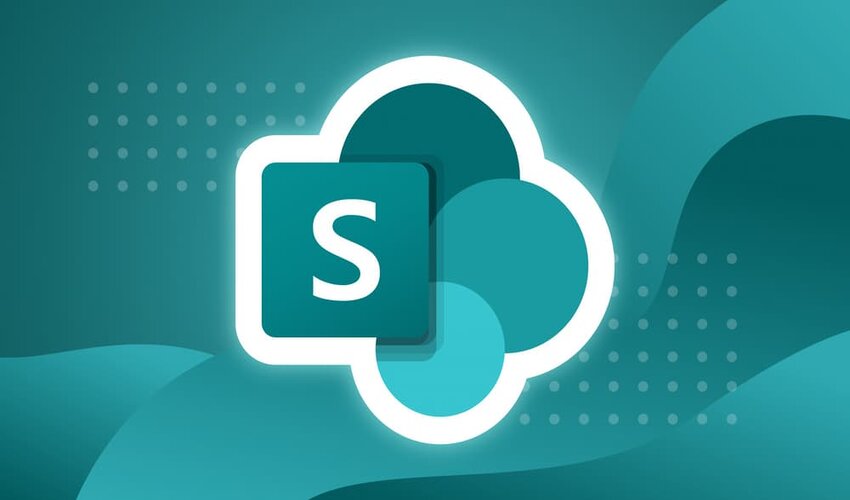
Introduction
In today’s fast-paced business landscape, data is king. Organizations that harness the power of data and make informed decisions gain a competitive edge. This is where SharePoint Business Intelligence (BI) comes into play. SharePoint BI is a powerful tool that enables businesses to gather, analyze, and visualize data to drive strategic decision-making. In this blog, we will explore what SharePoint BI is, its key features, and how to leverage its capabilities to unlock the full potential of your data.
Understanding SharePoint Business Intelligence
SharePoint BI is a comprehensive suite of tools and functionalities integrated into Microsoft SharePoint, empowering users to transform raw data into valuable insights. It combines data analysis, reporting, and visualization capabilities to facilitate data-driven decision-making within organizations. With SharePoint BI, you can collect data from various sources, organize it into meaningful reports and dashboards, and gain actionable insights that drive business growth.
Key Features of SharePoint Business Intelligence
- Data Integration: SharePoint BI allows you to consolidate data from multiple sources, including databases, spreadsheets, and external systems. This enables a holistic view of your organization’s data and facilitates comprehensive analysis.
- Data Modelling: SharePoint BI provides data modelling capabilities, allowing you to create logical relationships between different data sets. By establishing connections between related data, you can uncover hidden insights and understand the underlying patterns.
- Data Analysis: With SharePoint BI, you can perform advanced data analysis using tools like Power Pivot and Power Query. These tools enable you to manipulate and transform data, perform complex calculations, and generate meaningful visualizations.
- Reporting and Dashboards: SharePoint BI offers robust reporting capabilities, allowing you to create interactive reports and dashboards. You can design visually appealing charts, graphs, and tables to present your data in a compelling and easy-to-understand manner.
- Self-Service BI: SharePoint BI empowers business users to explore and analyze data independently, without heavy reliance on IT departments. Users can create their own reports, customize dashboards, and make data-driven decisions in real-time.
Leveraging the Power of SharePoint Business Intelligence
- Define Your Objectives: Before diving into SharePoint BI, clearly define your business objectives and the specific insights you seek. Identify the key performance indicators (KPIs) that align with your goals, as this will guide your data collection and analysis process.
- Gather and Prepare Data: Collect relevant data from various sources and ensure its accuracy and completeness. Use SharePoint’s data integration capabilities to consolidate this data into a centralized location, making it easily accessible for analysis.
- Design Meaningful Reports and Dashboards: Utilize SharePoint’s reporting tools to create visually appealing and interactive reports. Customize your dashboards to highlight the most relevant data and KPIs, providing a comprehensive view of your organization’s performance.
- Perform Advanced Analysis: Leverage the power of tools like Power Pivot and Power Query to perform in-depth data analysis. Explore relationships between different data sets, uncover trends, and identify correlations that can drive strategic decision-making.
- Collaborate and Share Insights: SharePoint BI promotes collaboration by enabling users to share reports, dashboards, and insights with colleagues. Foster a data-driven culture within your organization by encouraging knowledge sharing and open discussions around data insights.
- Embrace Self-Service BI: Empower business users to become self-sufficient in data analysis. Provide training and resources to help them navigate SharePoint BI tools and encourage them to explore data independently. This will accelerate decision-making and enhance agility within your organization.
- Continuously Monitor and Adapt: Keep a close eye on your data and regularly monitor key metrics. SharePoint BI allows you to set up alerts and notifications for critical changes in your data, ensuring you stay informed in real-time. Adaptation is crucial in the dynamic business environment. As you gather insights and make data-driven decisions, regularly assess the effectiveness of your strategies. Monitor the impact of your decisions on key metrics and be open to adjusting your approach if necessary. SharePoint BI provides real-time data, allowing you to stay agile and respond swiftly to emerging trends and market changes.
- Foster a Data-Driven Culture: SharePoint BI is not just a tool; it’s a catalyst for cultural transformation. Encourage employees at all levels to embrace data-driven decision-making. Provide training and support to help them understand and utilize SharePoint BI effectively. By fostering a culture that values data and insights, you create an environment where everyone contributes to the organization’s success.
- Ensure Data Security: While leveraging the power of SharePoint BI, it’s crucial to prioritize data security. Implement robust security measures to safeguard sensitive information. SharePoint offers granular access controls, allowing you to define permissions at various levels. Regularly review and update security protocols to align with industry best practices and compliance requirements.
- Stay Updated on SharePoint BI Enhancements: Microsoft consistently enhances SharePoint BI with new features and capabilities. Stay informed about updates and upgrades to ensure you are leveraging the latest tools and functionalities. Attend training sessions, webinars, and industry conferences to stay abreast of best practices and emerging trends in SharePoint BI.
Conclusion
In today’s data-driven world, organizations that harness the power of SharePoint Business Intelligence gain a competitive advantage. By utilizing its comprehensive suite of tools, you can transform raw data into valuable insights and make informed decisions that drive business growth. From data integration to advanced analysis, reporting, and self-service capabilities, SharePoint BI empowers you to unlock the full potential of your data. By defining your objectives, gathering and preparing data, designing meaningful reports, fostering collaboration, and embracing a data-driven culture, you can leverage SharePoint BI to steer your organization towards success. Stay agile, adapt to changing market dynamics, and continuously monitor your data to make informed decisions that propel your business forward. Embrace SharePoint BI as a strategic asset and unleash the power of data for sustainable growth.
Author Bio
Sam Khan is a digital marketer at Code Creators Inc., a SharePoint development company in the USA and Canada which is dealing with software development, Power BI, SharePoint Online, Microsoft Teams, SharePoint Power Apps, IT services, API integration and more. Connect with him on Facebook, Twitter, LinkedIn and Codecreators.ca

Aimee Garcia is a Marketing Consultant and Technical Writer at DailyTechTime. She has 5+ years of experience in Digital Marketing. She has worked with different IT companies.

